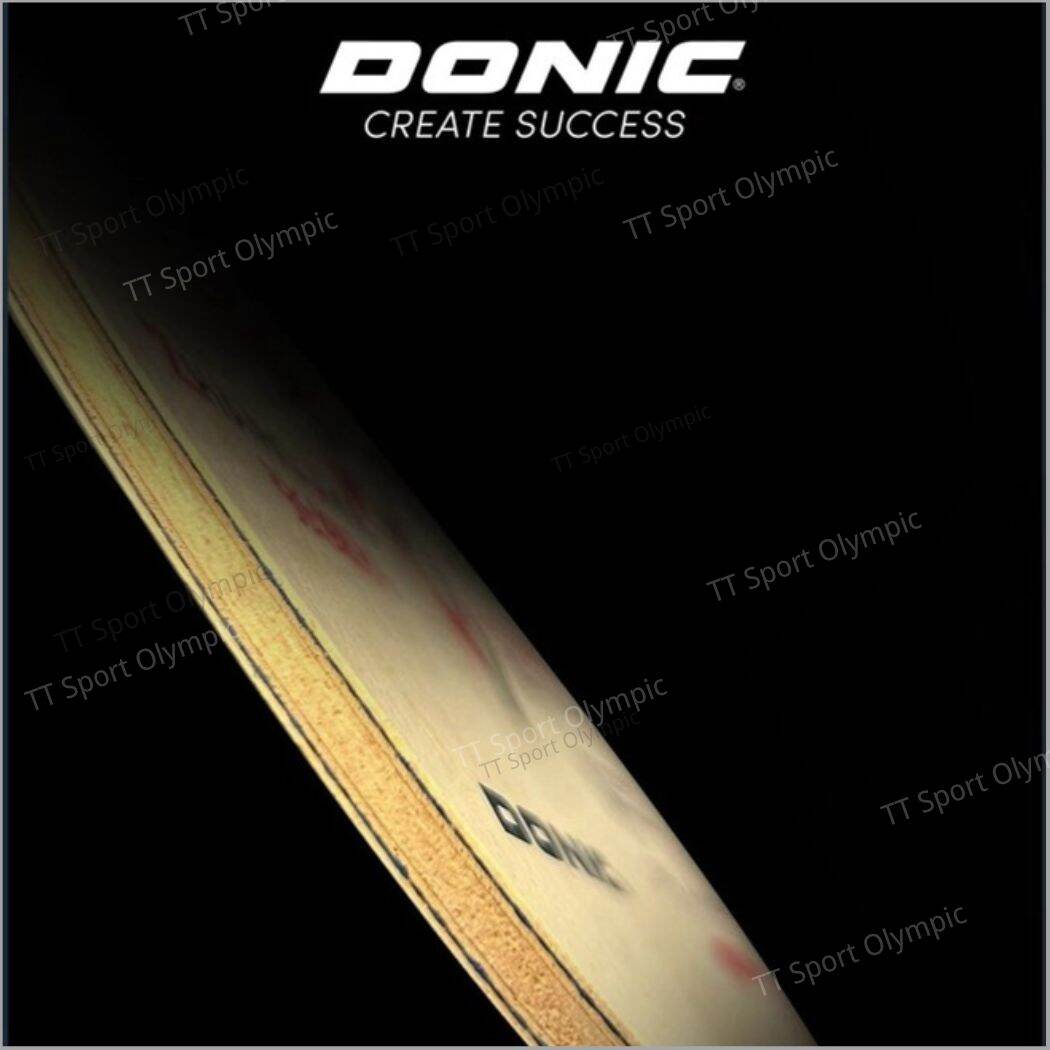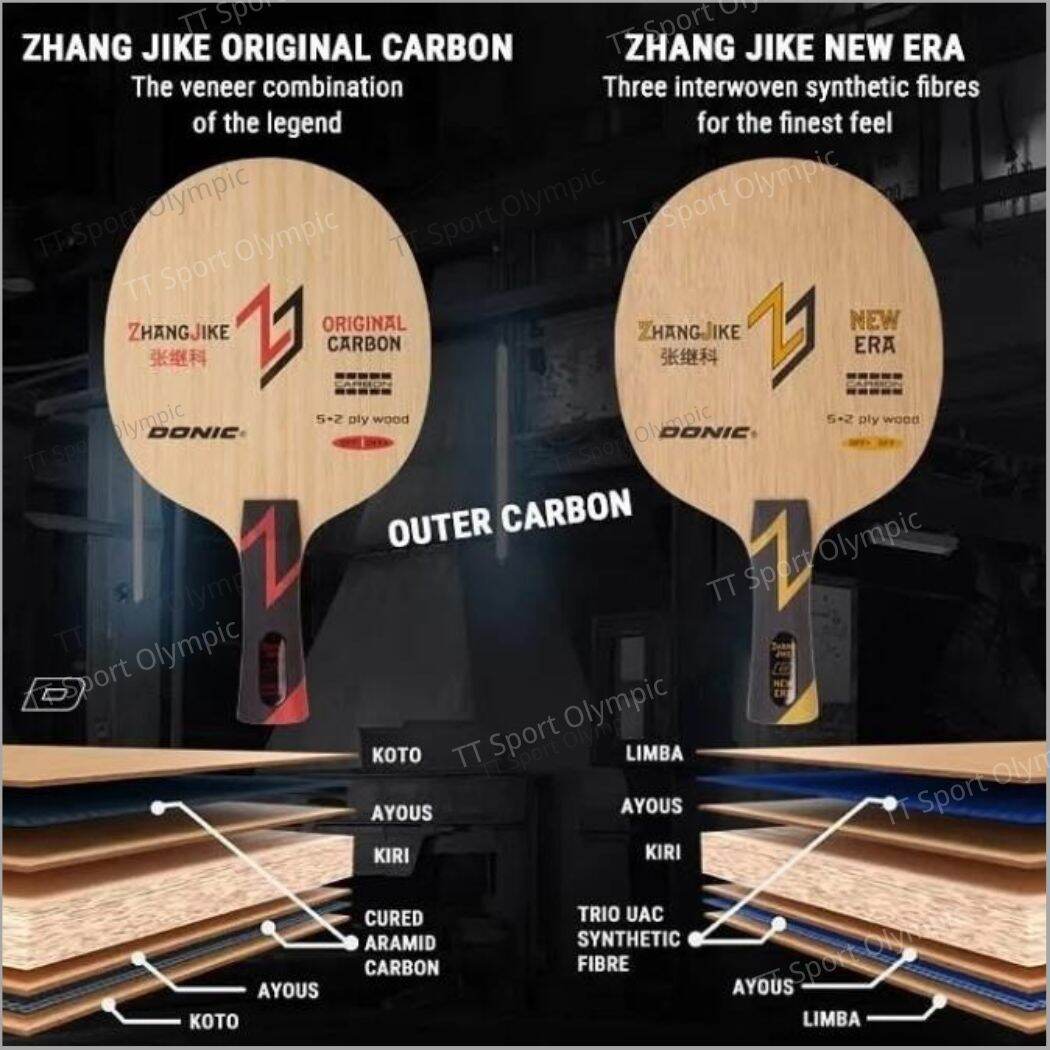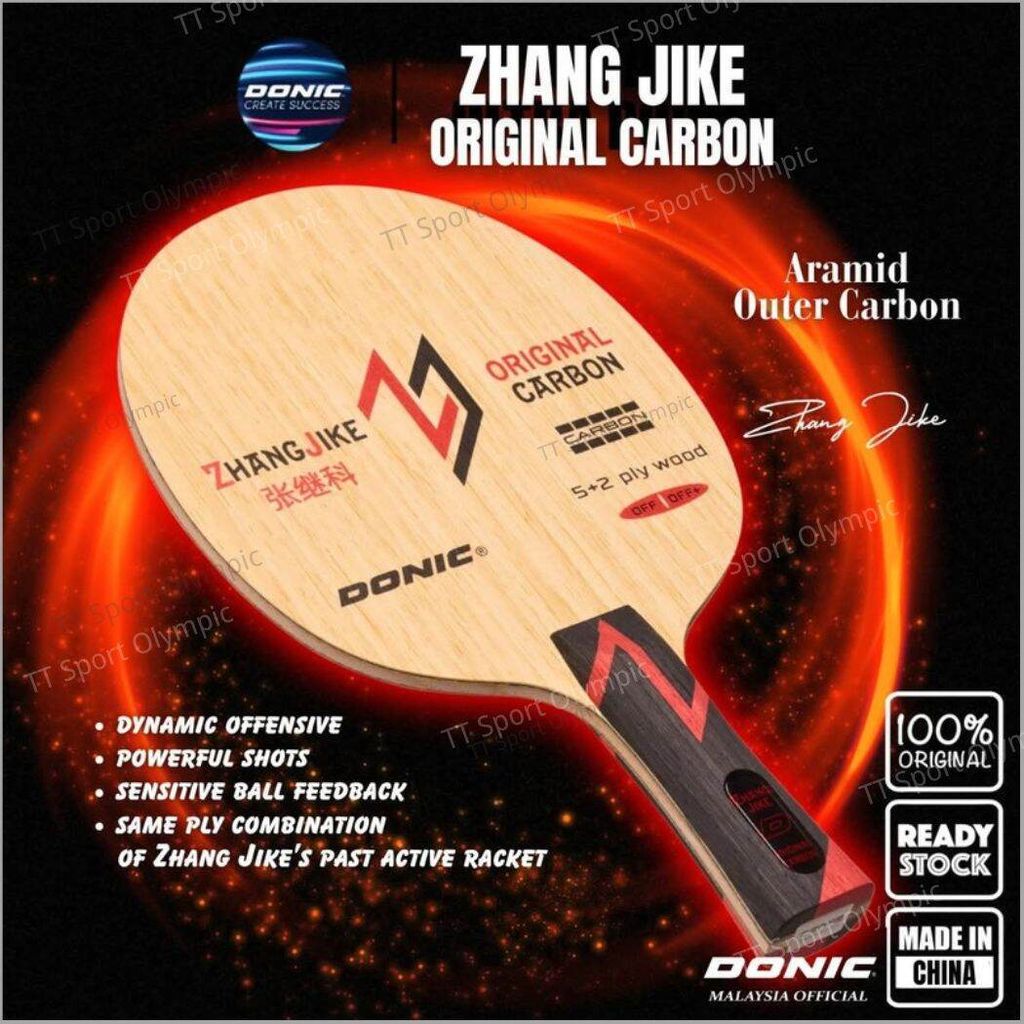As for the question of why a base plate can be developed so quickly, in fact, many of them are now based on the fine-tuning of the classic structure. This has a higher success rate. It is also very convenient to operate in practice, but it is not necessarily bad.
Anyway, in addition to the price, the golfers who buy the board look at the appearance and performance. It's good to look good and fight. Of course, if you don't think it's good-looking, then······
Let's take a look at the first one: Zhang Jike Original Carbon. At present, it is difficult to get rid of a question: is it just a change of original real carbon? Because one of the indicators is "thickness 5.6mm", it is very similar to the original true carbon, and the structure is also the same.
Attached is a review of the original true carbon: Original real carbon: angular and domineering arcs
To put it simply, Ocha real carbon is the same as the original real carbon, and the characteristics of the ball board are "the outside and crispy on the inside". The outside is harder than the Vis, and the inside is softer. What are the advantages of this? The near-table speed is even faster than Vis, and then you eat the ball when you exert your strength.
What are the possible disadvantages? After stepping down, the strength is insufficient.
This Zhang Jike original carbon, in terms of structure, remains completely consistent with Vis and original true carbon: Kotou surface material, blue aroma carbon ALC, Ayus transition layer, and tung wood core. The specific performance can only be evaluated after it is launched.
The second model: Zhang Jike New Era. This one, as the name suggests, seems to be something new.
If Zhang Jike's original carbon is a transformation of the Vis structure, then this new era is similar to Metzfang carbon or Freitas ALC. Because it changes the surface material to a softer and more controlled lymph. This one emphasizes the balance of speed and control. Not the fastest, but also an offensive baseplate.












